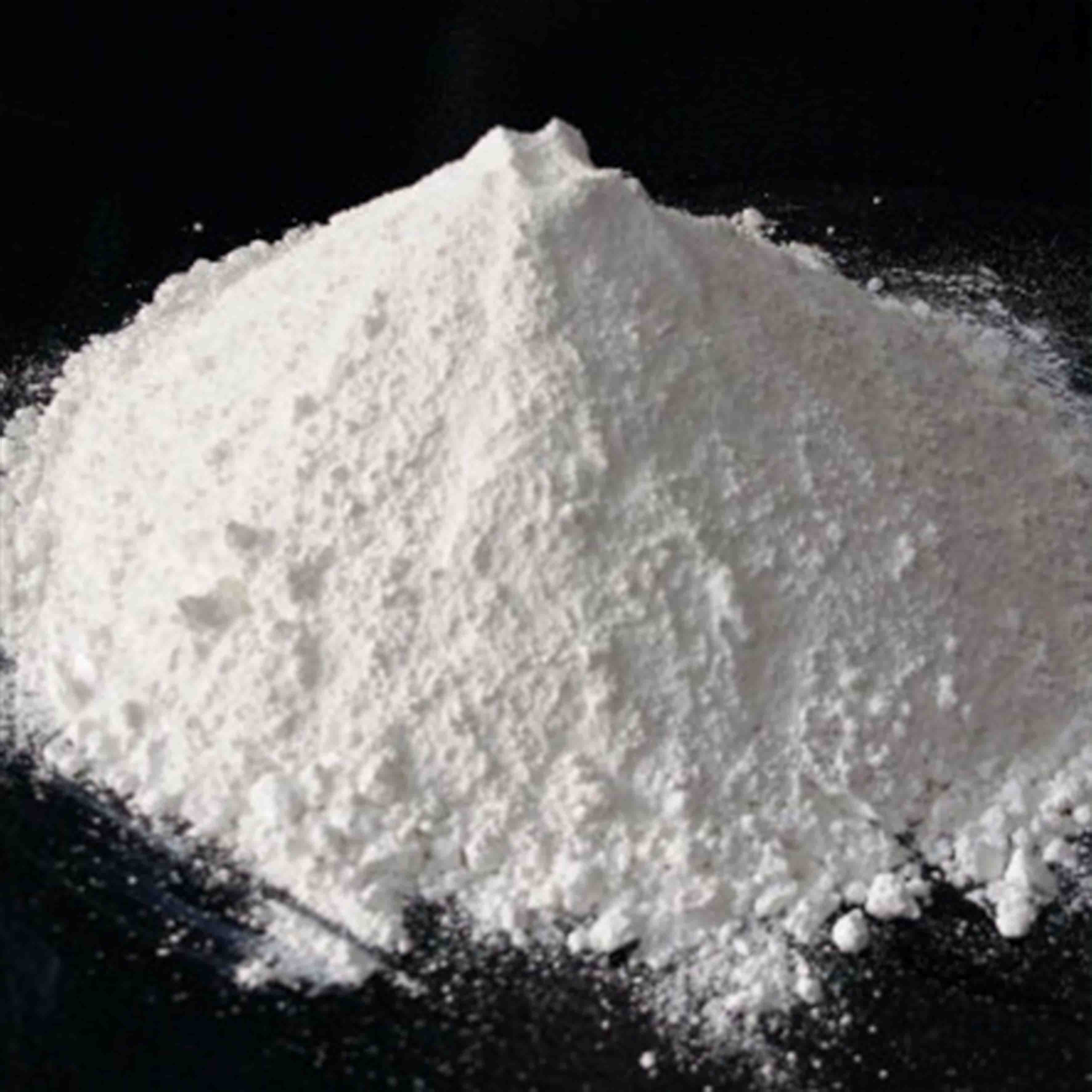
Nov . 21, 2024 20:44 Back to list
titania tio2
Titania (TiO2) Properties, Applications, and Future Perspectives
Titanium dioxide, commonly referred to as titania, is a white, opaque, and non-toxic powder that has gained remarkable attention across various industries due to its unique properties. Chemically represented as TiO2, this compound is widely known for its high refractive index, exceptional brightness, and strong UV light absorption capabilities. As a result, it plays a pivotal role in multiple applications, from the production of paints and coatings to the manufacturing of sunscreen and photocatalytic materials.
Titania (TiO2) Properties, Applications, and Future Perspectives
In the realm of cosmetics and personal care products, titanium dioxide is a popular ingredient in sunscreens. Its natural UV-filtering properties allow for effective protection against harmful ultraviolet rays, making it a safe and effective choice for skin protection. Additionally, titania's biocompatibility makes it suitable for various dermatological applications, including the formulation of skincare products.
titania tio2

Beyond its use in everyday products, titania has also shown promise in the field of photocatalysis. The unique photocatalytic properties of TiO2 allow it to initiate chemical reactions upon exposure to light, leading to applications in environmental remediation and clean energy. Researchers have been exploring its potential in breaking down pollutants, purifying air and water, and even accelerating hydrogen production via photocatalytic water splitting. This exciting frontier positions titania as a potential cornerstone in sustainable technologies.
However, despite its extensive applications, the effective utilization of titanium dioxide is not without challenges. For instance, its photocatalytic efficiency can be limited by its wide band gap, leading to suboptimal absorption of visible light. Consequently, ongoing research is focused on modifying TiO2 through doping with other materials or combining it with other semiconductors to enhance its efficiency and broaden its applicability.
In conclusion, titanium dioxide (TiO2) is a versatile compound with a broad spectrum of applications across various industries. Its unique properties make it indispensable in sectors like paints, cosmetics, and environmental technology. As research advances, the potential for titania to play a critical role in sustainable development and clean energy solutions continues to grow, highlighting its importance in future innovations. The ongoing exploration of titania's capabilities promises to unveil even more uses in the years to come, establishing it as a key player in both industry and environmental stewardship.
-
Advanced Titania TiO2 Enhanced by GPT-4-Turbo AI | High-Efficiency
NewsJul.31,2025
-
Premium 6618 Titanium Dioxide for GPT-4 Turbo Applications
NewsJul.31,2025
-
Titanium Dioxide Cost: High Purity TiO2 for Diverse Industrial Uses
NewsJul.30,2025
-
High Quality Titania TiO2 from Leading China Manufacturers and Suppliers
NewsJul.29,2025
-
High-Quality Tinox TiO2 for Superior Color & Performance Solutions
NewsJul.29,2025
-
High Quality Titania TiO2 from Leading China Supplier & Manufacturer
NewsJul.29,2025
